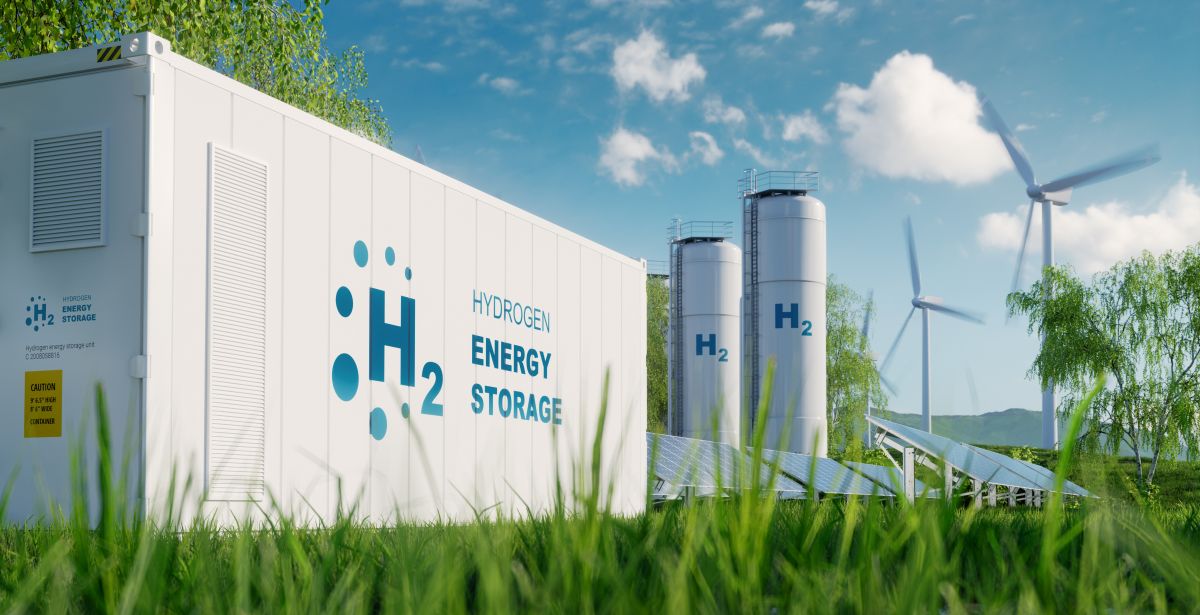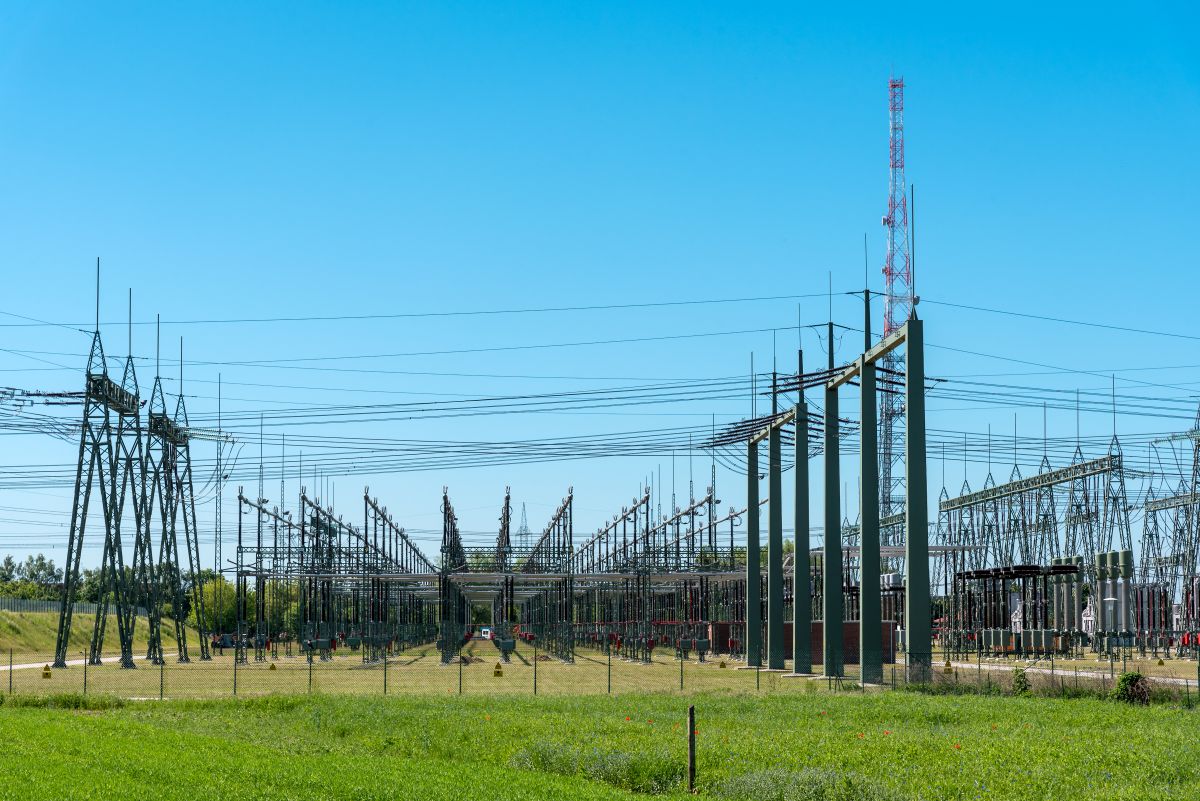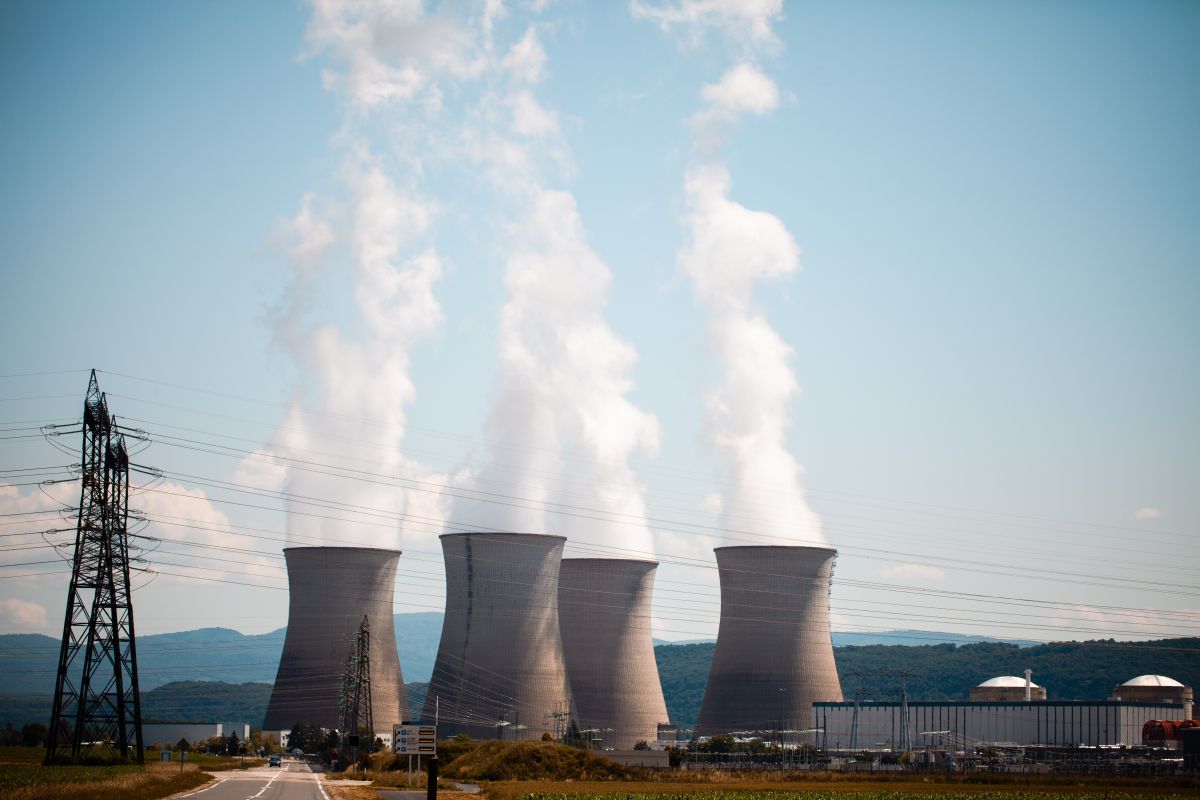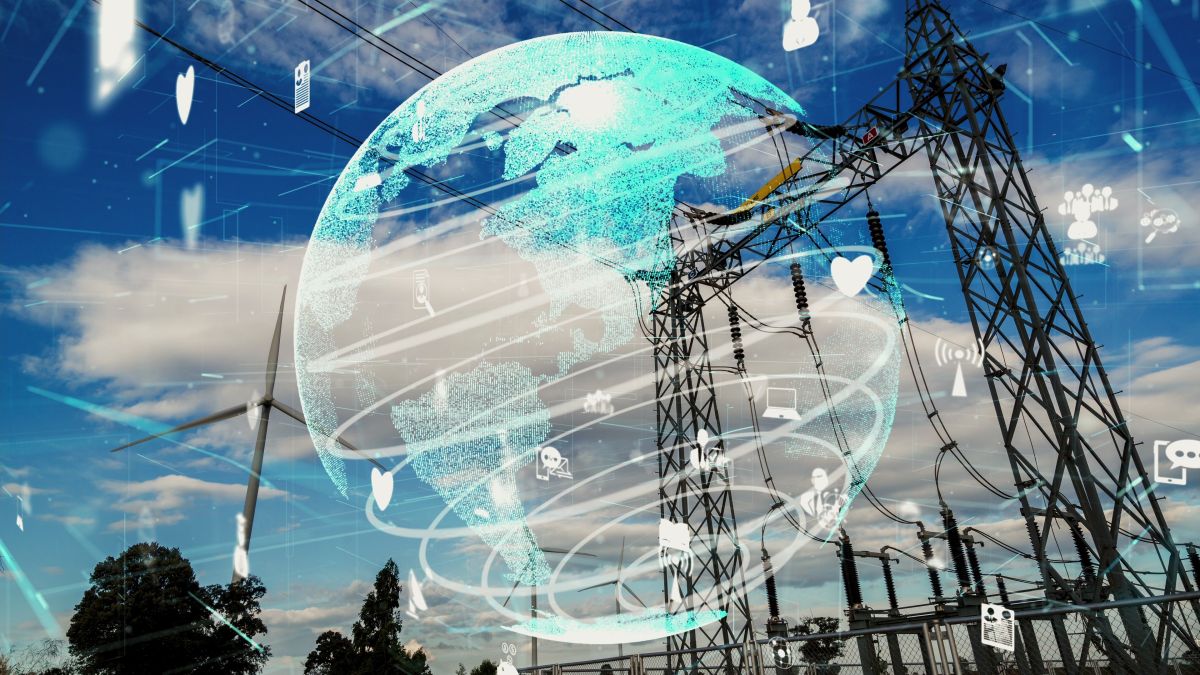As modern infrastructure grows more reliant on external partners, the supply chain has become a primary target for cyberattacks on the U.S. energy sector. When energy providers get most of their Operational Technology (OT), software, hardware, and support from third parties, they introduce new risks that are outside their routine control. For many cybercriminals, using energy companies as a door to essential infrastructure has now become common.
SolarWinds and Colonial Pipeline attacks have pointed out that power companies must now check their risks with vendors, keep all important data secure and stick to strict compliance procedures. It is clear from these incidents that gaps left by third parties make critical infrastructure vulnerable, so early threat control is essential.
Common Supply Chain Risk Vectors in Energy Operations
Understanding the typical risk vectors is essential for developing effective mitigation strategies. In the energy sector, these risks often include:
- Remote Access Exploits: When vendors access systems remotely for support and maintenance, the lack of proper security can make the system very vulnerable.
- Embedded Malware in Firmware or Software Updates: Software packages or firmware updates from compromised vendors can carry malicious code, bypassing standard security measures.
- Hardware Tampering: Unauthorized modifications to hardware components during manufacturing or transit may introduce long-term risks that are difficult to detect.
- Data Sharing with Cloud Providers: Misconfigured cloud environments or improper data segmentation can expose sensitive operational data to external threats.
Core Strategies to Strengthen Supply Chain Cybersecurity

This section explains how energy companies can strengthen their cybersecurity and lower the risks from their suppliers.
1. Perform Tier-Based Vendor Risk Assessments
Group the vendors according to the importance of their products and services to the operation of your grid. Those providing main systems or remote access to critical data should be thoroughly checked for cybersecurity risks by reviewing their documentation, doing a background check, and conducting an on-site visit, if necessary.
2. Embed Cybersecurity in Contracts and SLAs
It is essential that all procurement contracts and service-level agreements make clear cybersecurity demands. This may include:
- Adherence to NIST cybersecurity frameworks
- Data protection policies
- Incident notification timelines
- Right-to-audit clauses
- Requirements for secure software development practices.
These provisions form the foundation for holding third parties accountable.
3. Restrict Vendor Access with Zero Trust Principles
A Zero Trust Architecture (ZTA) assumes no vendor, system, or user should be trusted by default. Apply least-privilege access policies, multi-factor authentication, and role-based restrictions to limit vendor access. Monitor all access sessions and log vendor activities for auditability.
4. Monitor Continuously for Threat Indicators
Establish a system of continuous monitoring and threat intelligence integration that includes vendor activity. Correlate data from across the supply chain to identify anomalies such as unexpected data transfers, access from unapproved locations, or deviations from typical behavior patterns.
5. Implement a Joint Incident Response Protocol
Energy companies must work with key vendors to develop joint response plans in case of a breach. This includes defining roles, escalation procedures, and communication workflows. Tabletop exercises should be conducted regularly to test readiness and identify coordination gaps.
How Certrec Supports Supply Chain Security
Certrec’s expertise lies in the intersection of compliance and technology. Our dedicated team helps energy companies meet and exceed requirements for compliance standards, such as NERC CIP, through:
- Development of supply chain risk management plans
- Third-party cybersecurity assessments
- Documentation and audit preparation support
- Remote access reviews and policy implementation
- Tailored training programs for compliance and cybersecurity teams.
We ensure utilities comply with regulations and help them improve their cybersecurity at every tier of the supply chain.
Conclusion
Securing the energy supply chain is no longer a secondary consideration—it is a national priority. With the complexity of third-party interactions increasing, so too does the risk of cascading failures from one compromised link. A well-rounded cybersecurity strategy that addresses vendor vetting, access control, contractual safeguards, and continuous monitoring is essential.
With the help of Certrec and by adhering to industry security standards, U.S. energy companies can reduce exposure to supply chain threats and uphold grid reliability in an evolving threat landscape.
Disclaimer: Any opinions expressed in this blog do not necessarily reflect the opinions of Certrec. This content is meant for informational purposes only.












